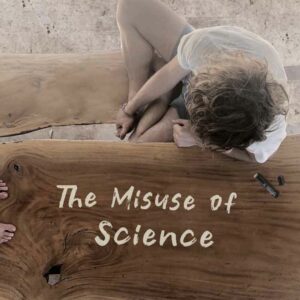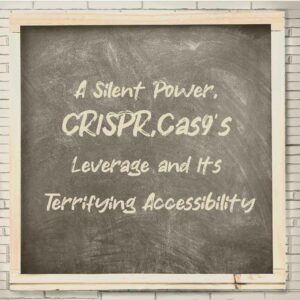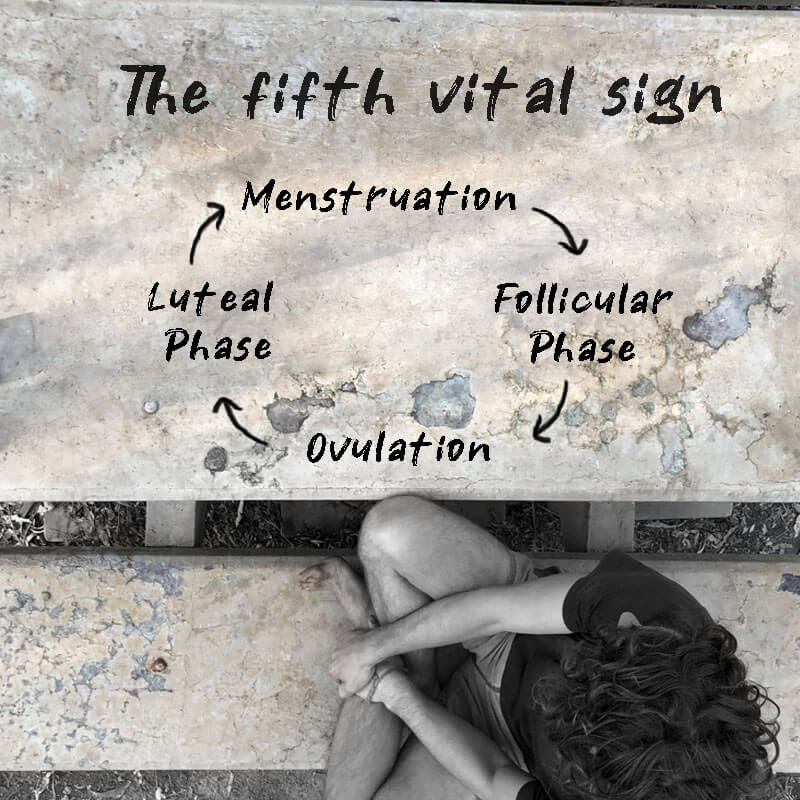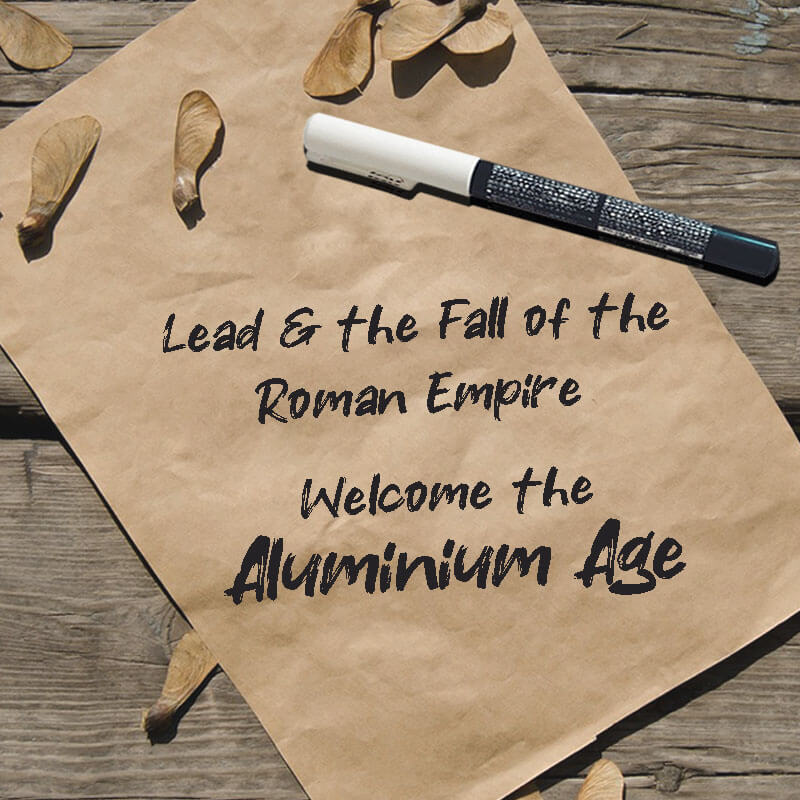My journey towards discovering what I call ‘heirloom products’ began with a fundamental shift in mindset, leading me to pose two essential questions before each purchase: ‘Will this product last a lifetime?’ and ‘Can I pass it down to future generations?’ Understandably, not every product meets these criteria, and as a part of our modern society, I still fall into the typical consumerism habits that burden our world. However, when I discover a product that does meet these standards, it brings me immense satisfaction. I experience a unique, mind-wandering bliss as I contemplate the product’s life journey as it’s passed from generation to generation. Perhaps, one day, it might even be unearthed by an archaeologist after our next near-apocalyptic event. Did I mention mind-wandering?
Transitioning to a lifestyle focused on longevity rather than disposability was a conscious decision, stemming from a desire to align my consumption habits with sustainability principles. James Duffy taught me, ‘if you do what is in harmony with yourself, each other, and nature, how can disease possibly arise?’ This resonated with me, and so, I now strive to better align my lifestyle with what is in harmony with nature. I haven’t run away to an Amish community or a Buddhist monastery (yet), so I can assure you that I am not perfect. However, as I delved deeper into this desire, I discovered the world of heirloom products—items built to last and carry forward a legacy through generations. On a side note, I view the Amish as true environmentalists within the context of Western cultures. I deeply admire these communities for their dedication to environmental stewardship.

Canvas and recycled wool Picnic Rug from Stone Hill View
From the weighty, robustly constructed stainless steel frying pan to the simplicity of a manual coffee press, the indestructible nature of stainless-steel pegs, and the reassuring touch of a recycled wool picnic blanket set atop a canvas, each item in my life began to hold a deeper meaning. They were no longer just products; they became tangible commitments to conscientious consumerism. The symbolism of these products, which I use and contemplate lasting my lifetime and multiple lifetimes, brings me great pleasure.
My tent is no longer a lightweight ‘easy up’ structure made of aluminium and plastic; it’s now heavy canvas with solid spring steel poles – it’s built to last. My bike is no longer electric with unnecessary motors and batteries, and I no longer consider electric options for my cruiser skateboard. I’ve shifted all my hobbies to non-motorised ones: surfing, kayaking, canoeing, and spearfishing to name a few. These financially unburdened hobbies bring me a lot of joy. This lifestyle is also a commitment to slowing down, consuming more conscientiously, being mindful of permaculture, and simply seeking a minimalist approach to life. I also acknowledge that I am very privileged to be able to purchase high-quality products, an option not feasible for everyone.

SS peg, Rok espresso coffee maker, Bellman Stovetop Milk Steamer, Multi Cooker by Essteele.

Campmor Overlander Tent
Before embracing heirloom products, my purchasing decisions were largely influenced by immediate demands – does this solve my immediate needs and concerns. However, the question ‘Will this product last a lifetime?’ changed my perspective, shifting my focus from short-term needs to long-term value and sustainability. This question isn’t just about the physical durability of a product. It’s a reflection on the quality of materials, the craftsmanship, and the overall purpose of the item. It challenges the norm of planned obsolescence and instead encourages us to invest in items that will not only serve us but also future generations.
Challenge the norm of planned obsolescence
So, why should we consider this question when making purchases? Aside from promoting mindful consumption, it introduces a sense of minimalism into our lives. When we focus on longevity, we naturally gravitate towards owning fewer, but higher-quality items. This not only declutters our living space but also our mind. Lastly, heirloom products carry a narrative, a story that’s interwoven with our own and will be passed down through generations. Every time we use these items, we’re reminded of our commitment to sustainability and our connection to the future.
Embracing the ‘Will this product last a lifetime?’ mentality isn’t about achieving perfection. It’s about making a conscious effort to invest in longevity, to preserve our planet, and to leave behind a legacy of sustainability. As custodians for future generations, we have the power to turn ordinary purchases into meaningful commitments towards a more sustainable future.

Nils Strohbeck
Connect
A Perfect Coup: Pharmaceutical Industry’s Hold on Healthcare
A dive into industry's extensive influence
Lead and the Fall of the Roman Empire: Welcome the ‘Aluminium Age’
How Aluminium is Affecting Our Health









